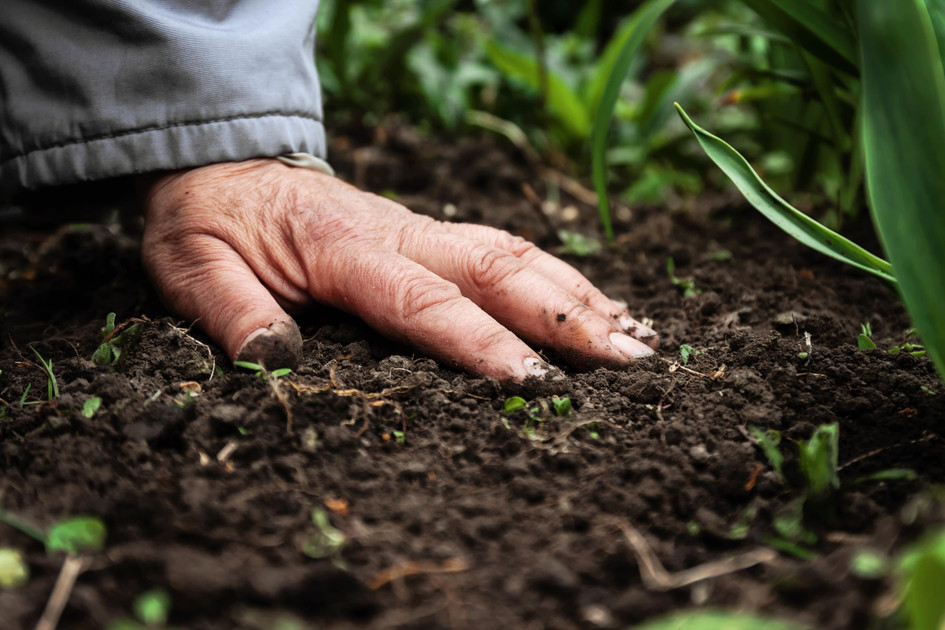Humidity, Ventilation & Mold in Bioactive Reptile Enclosures — Getting the Balance Right
Nov 25, 2025
Humidity is a cornerstone of bioactive systems, supporting not only reptile health but also the vitality of plants that thrive in high-humidity environments. Tropical foliage, mosses, and epiphytic species depend on consistent moisture to maintain turgor and metabolic function, making humidity management critical for a lush, living habitat. In their natural habitats, tropical plants thrive in environments where humidity often ranges between 60% and 90%, and many species require at least 50–70% humidity indoors to avoid leaf damage and slowed growth (Plantify, 2025). However, the same conditions that benefit plants and reptiles can also create challenges: excess moisture combined with poor airflow and inadequate drainage often leads to mold blooms and soil pest outbreaks.
Mold is part of natural decomposition, but persistent mats signal imbalance and frequently coincide with fungus gnat surges. While mold rarely harms reptiles directly, it indicates excess moisture and stagnant air, which can stress plants and destabilize the soil food web. Biological control, such as introducing Entomite‑M (Stratiolaelaps scimitus), can help break the fungus gnat cycle in mold-prone zones and intercept snake mite eggs and early instars in humid substrates. Still, husbandry corrections—ventilation, misting discipline, and drainage—remain the foundation of a stable system. Biological control is a supporting layer, not a substitute.
Unlike sterile setups, bioactive enclosures contain organic layers and living organisms that hold water, creating microclimates where the top layer may appear dry while the root zone remains saturated. Combine this with a closed-front glass tank, heat gradients, and misting, and you have a recipe for localized wet spots where mold and pests thrive. Early-stage mold on leaf litter or wood is normal, but problem mold appears when it spreads aggressively across surfaces, forms fuzzy mats on décor or substrate, and coincides with pest surges. Fungus gnats love moldy zones, and their populations often explode under these conditions. Adult fungus gnats can lay up to 200 eggs in moist soil, and their life cycle completes in three to four weeks, allowing populations to surge rapidly in humid environments (Penn State Extension, 2023).
Maintaining balance starts with core principles. Match the biome: tropical species need higher ambient humidity, but that does not mean saturating the entire substrate. Create humidity gradients with moist hides and planted zones balanced by drier areas. Build for drainage using false bottoms or drainage layers to prevent waterlogging, and add mesh barriers to keep soil above drainage media. Ventilation matters—cross-ventilation with low intake and high exhaust is ideal, and screen tops or vent panels help reduce stagnant air pockets without stripping humidity completely. Poor airflow combined with high humidity is a leading cause of mold outbreaks in terrariums and vivariums, as stagnant air accelerates fungal growth and pest development (Indoor Ecosystem, 2025). Misting should be intentional: target plants and décor rather than the substrate surface, and use short, frequent bursts instead of heavy soakings to avoid saturating the soil layer.
Signs of imbalance include persistent condensation on glass beyond normal dew cycles, mushy substrate or anaerobic odor, exploding fungus gnat populations, and mold mats that fail to recede after several days. Corrective actions involve increasing airflow by opening vents or adding a small circulation fan outside the animal’s reach, reducing misting frequency or volume to allow partial dry-down between cycles, removing heavily colonized décor for baking or replacement, and stirring or replacing the top substrate layer if it is compacted and holding water.
Mold itself does not require a predator, but the pests that follow it do. Fungus gnats often surge in moldy zones, and introducing Entomite‑M can help by targeting gnat larvae in the soil layer, breaking the cycle without chemicals. Studies show that predatory mites such as Stratiolaelaps scimitus can reduce fungus gnat populations by up to 80% in greenhouse trials, making them a proven biological control option (University of Connecticut IPM Program, 2024). Apply preventively if your enclosure runs humid and organic-rich. High humidity and organic substrates also favor snake mite eggs and early instars in crevices and soil. While Entomite‑M is not a treatment for mites on the reptile, it intercepts these environmental stages when applied after veterinary care, closing the reinfestation loop.
For success, Entomite‑M requires temperatures between 59 and 86 °F (15–30 °C) and a moist, airy substrate that is neither waterlogged nor bone-dry. It works in coir, peat, compost, and most bioactive mixes. Light is not a factor, as mites remain in the soil layer. Avoid extremes such as flooding, freezing, or prolonged drought, which can diminish or destroy the population.
If mold persists despite airflow and moisture corrections—or if structural design issues such as sealed tops and lack of drainage make balance impossible—consider a partial or full rebuild. Chronic anaerobic conditions can destabilize the entire soil food web, making long-term success unlikely without redesign.
References
- Plantify. (2025). The Ultimate Guide to Humidity for Thriving Houseplants. Retrieved from https://plantify.co.za/blogs/my-plant-decor/the-ultimate-guide-to-humidity-for-thriving-houseplants#:~:text=Tropical%20plants%20like%20ferns%2C%20philodendrons,low%20as%2020%2D30%25
- Penn State Extension. (2023). Fungus Gnats in Indoor Plants. Retrieved from https://extension.psu.edu
- Indoor Ecosystem. (2025). How to Prevent Mold in Your Paludarium, Vivarium, or Terrarium. Retrieved from https://indoorecosystem.net
- University of Connecticut IPM Program. (2024). Biological Control of Fungus Gnats. Retrieved from https://ipm-cahnr.media.uconn.edu


